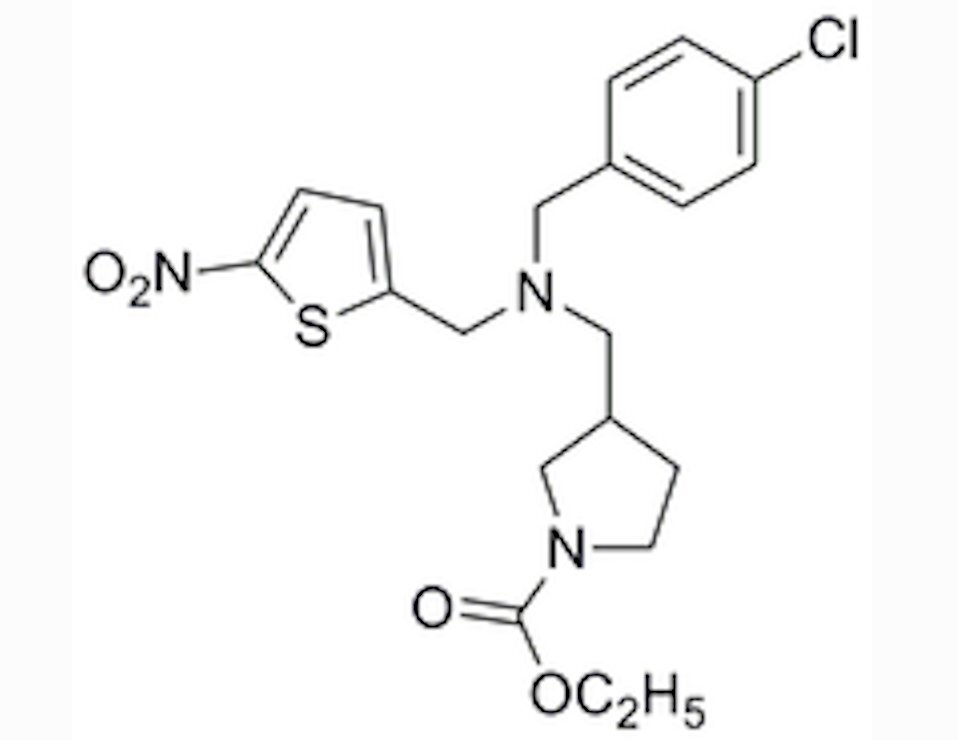A drug known as SR9009, which is currently under development at The Scripps Research Institute (TSRI), increases the level of metabolic activity in skeletal muscles of mice. Treated mice become lean, develop larger muscles and can run much longer distances simply by taking SR9009, which mimics the effects of aerobic exercise. If similar effects can be obtained in people, the reversal of obesity, metabolic syndrome, and perhaps Type-II diabetes might be the very welcome result.
The drug was developed by Professor Thomas Burris, who found that it was able to reduce obesity in populations of mice. It binds to and activates a protein called Rev-ErbAα, which influences fat and sugar burning in the liver, production of fat cells, and the body's inflammatory response.

Previous studies on mice lacking Rev-ErbAα showed decreased skeletal muscles, metabolic rate, and running capacity. Such mice appeared fated by their genetics to live as couch potatoes.
When Burris' group administered SR9009 to these mice to activate the Rev-Erbα protein, the results were remarkable. The metabolic rate in the skeletal muscles of the mice increased significantly. The treated mice were not allowed to exercise, but despite this they developed the ability to run about 50 percent further before being stopped by exhaustion.
“The animals actually get muscles like an athlete who has been training,” said Burris. “The pattern of gene expression after treatment with SR9009 is that of an oxidative-type muscle – again, just like an athlete.”
Burris noted that the beneficial effects of SR9009 on mice could carry over to people with metabolic syndrome or other conditions that reduce their ability to exercise.
"We do have indications that the effects of the drug are very similar to what you see with someone who has metabolic disorder who starts exercising," Burris stated in a Voice Of America interview. "They see a decrease in cholesterol, a decrease in triglycerides, an improvement in glucose metabolism. And a lot of this is due to transforming the muscle into a more metabolically active muscle."
If the effects of SR9009 on mice can safely be reproduced for people, the new drug may offer new therapies for obesity and its companions, metabolic syndrome and diabetes. Another area in which SR9009 or a similar drug may confer substantial benefit is to offset the loss of general muscle conditioning which occurs as a side effect of reduced activity caused by illness and/or aging. People most likely to enjoy these benefits include those suffering from severe arthritis, congestive heart failure, chronic obstructive pulmonary disease (COPD), and other conditions that restrict the ability to exercise.
Here's hoping that small-scale clinical tests on people begin soon!
Source: Scripps Research Institute





